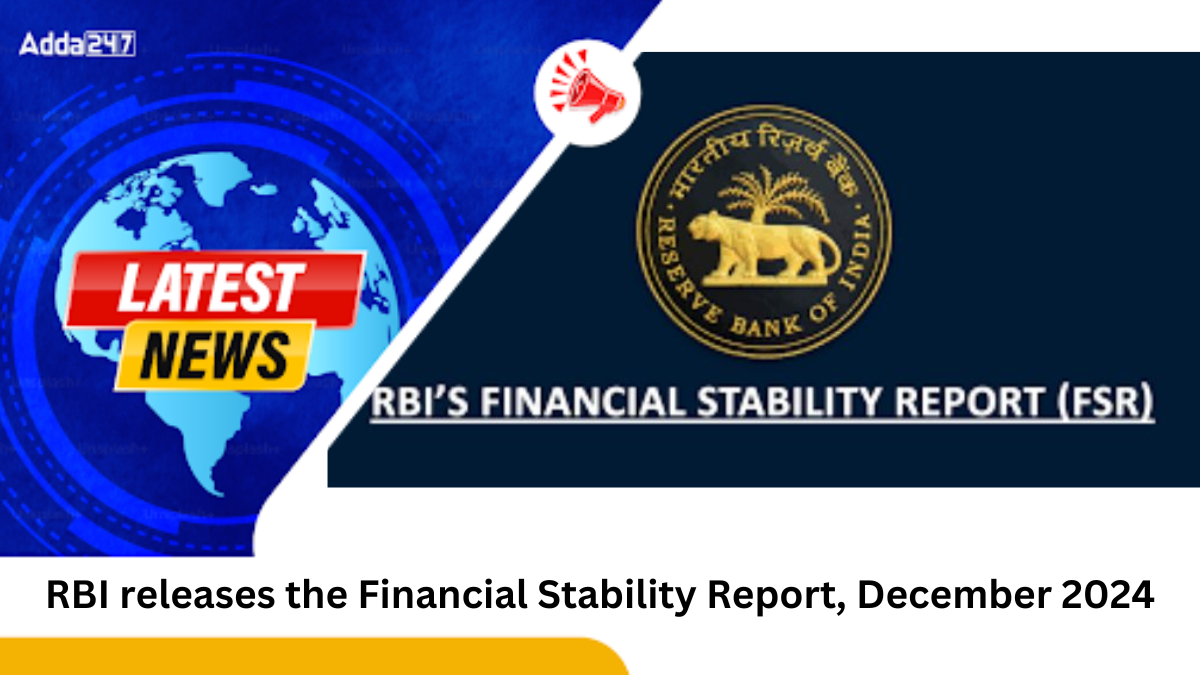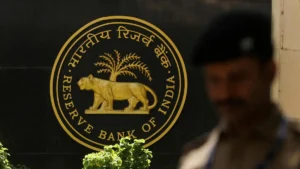The Reserve Bank of India (RBI) has released its Financial Stability Report (FSR) for December 2024, providing a comprehensive analysis of the Indian financial system’s health. The FSR is published biannually, typically in June and December, offering insights into the stability and resilience of the financial sector.
Key Highlights from the RBI Financial Stability Report, December 2024
-
Asset Quality of Banks: The gross non-performing assets (NPAs) ratio of Indian banks has declined to a 12-year low of 2.6% as of September 2024. This improvement is attributed to recoveries, write-offs of legacy bad loans, and a reduction in the growth of bad assets.
- Projections for NPAs: The report projects that the gross bad loan ratio may rise to 3% by March 2026 under a baseline scenario, and could reach up to 5.3% under high-risk scenarios. Despite these potential increases, the RBI assures that no bank is expected to fall below the minimum capital requirement of 9% even in adverse conditions.
- Economic Growth Forecast: The RBI anticipates a GDP growth rate of 6.6% for the fiscal year 2024-25, indicating a positive outlook for the Indian economy following a slowdown in the first half of the fiscal year.
- Liquidity Deficit: The banking system is facing a significant liquidity deficit, which is expected to widen further in the upcoming quarter. As of December 23, 2024, the liquidity deficit stood at 2.43 trillion rupees, driven by tax outflows and the central bank’s foreign exchange interventions. Market participants suggest that measures such as open market bond purchases and potential cuts in the cash reserve ratio (CRR) may be considered to address this issue.
- Regulatory Compliance: The report notes a 47% decline in monetary fines imposed by the RBI from June to November 2024, totaling nearly Rs 30 crore, compared to over Rs 57 crore in the same period the previous year. This decrease reflects improved regulatory compliance across banks and financial institutions.
-
Non-Banking Financial Companies (NBFCs): The balance sheets of NBFCs have strengthened, with stress tests indicating that even under high-risk scenarios, their capital requirements would remain well above the minimum needed level.



 SBI and Bank of Baroda Receive RBI Nod t...
SBI and Bank of Baroda Receive RBI Nod t...
 Bank of Baroda Recognised as ‘Best Bank ...
Bank of Baroda Recognised as ‘Best Bank ...
 "Your Money Your Right campaign" Campaig...
"Your Money Your Right campaign" Campaig...







